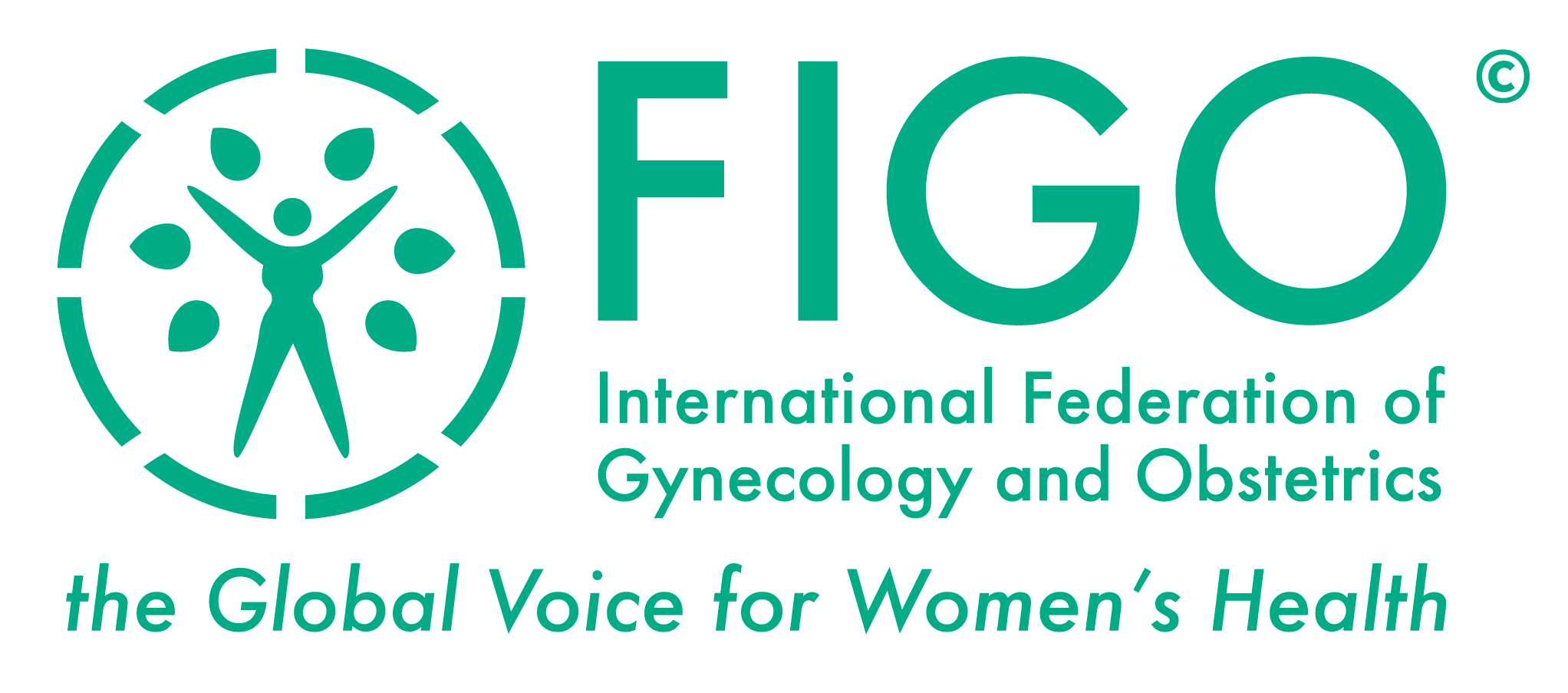Hammarberg K, Kirkman M.
Infertility in resource-constrained settings: moving towards amelioration. Reprod Biomed Online. 2013 Feb;26(2):189-95.
Abstract
It is often presumed that infertility is not a problem in resource-poor areas where fertility rates are high. This is challenged by consistent evidence that the consequences of childlessness are very severe in low-income countries, particularly for women. In these settings, childless women are frequently stigmatized, isolated, ostracized, disinherited and neglected by the family and local community. This may result in physical and psychological abuse, polygamy and even suicide. Attitudes among people in high-income countries towards provision of infertility care in low-income countries have mostly been either dismissive or indifferent as it is argued that scarce healthcare resources should be directed towards reducing fertility and restricting population growth. However, recognition of the plight of infertile couples in low-income settings is growing. One of the United Nation's Millennium Development Goals was for universal access to reproductive health care by 2015, and WHO has recommended that infertility be considered a global health problem and stated the need for adaptation of assisted reproductive technology in low-resource countries. This paper challenges the construct that infertility is not a serious problem in resource-constrained settings and argues that there is a need for infertility care, including affordable assisted reproduction treatment, in these settings. It is often presumed that infertility is not a problem in densely populated, resource-poor areas where fertility rates are high. This presumption is challenged by consistent evidence that the consequences of childlessness are very severe in low-income countries, particularly for women. In these settings, childless women are frequently stigmatized, isolated, ostracized, disinherited and neglected by the family and local community. This may result in physical and psychological abuse, polygamy and even suicide. Because many families in low-income countries depend on children for economic survival, childlessness and having fewer children than the number identified as appropriate are social and public health matters, not only medical problems. Attitudes among people in high-income countries towardsprovision of infertility care in low-income countries have mostly been either dismissive or indifferent as it is argued that scarce healthcare resources and family planning activities should be directed towards reducing fertility and restricting population growth. However, recognition of the plight of infertile couples in low-income settings is growing. One of the United Nation's Millennium Development Goals was for universal access to reproductive health care by 2015, and WHO has recommended that infertility be considered a global health problem and stated the need for adaptation of assisted reproduction technology in low-resource countries. In this paper, we challenge the construct that infertility is not a serious problem in resource-constrained settings and argue that there is a need for infertility care, including affordable assisted reproduction treatment, in these settings.
http://whqlibdoc.who.int/hq/2000/WHO_MSD_MDP_00.14_Module4.pdf
